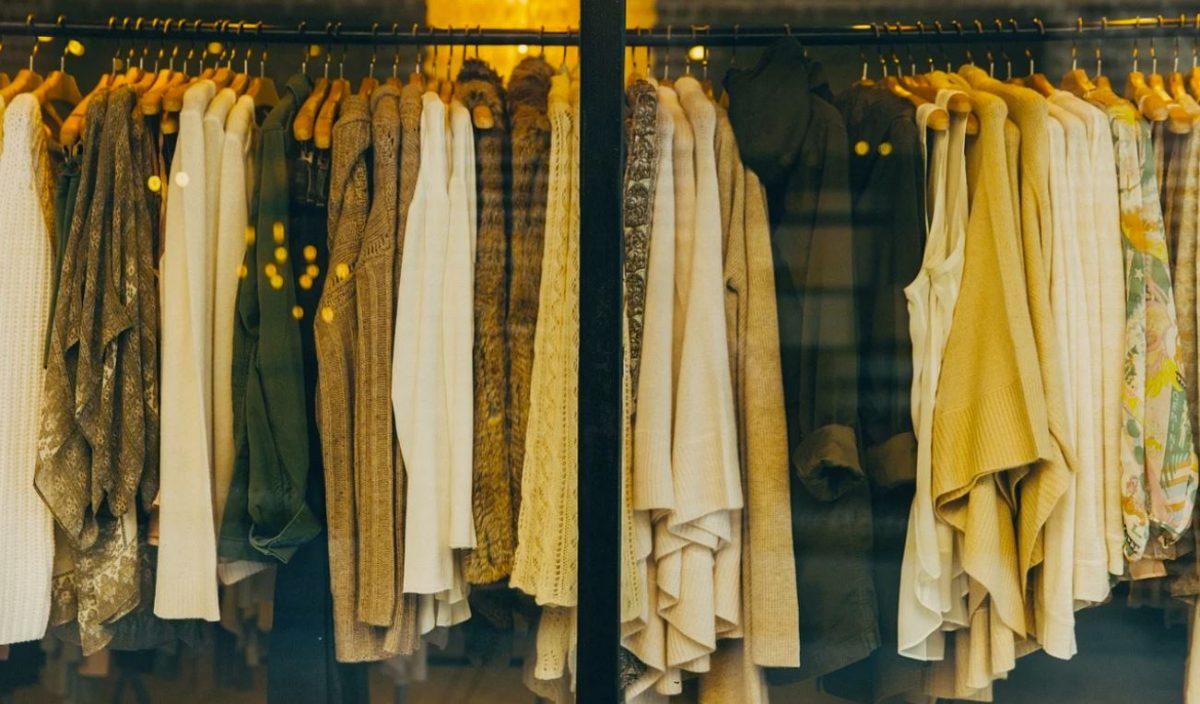When we think about the future, we cannot predict what shape our planet will be in. Will environmental issues – like air pollution and global warming – see any type of improvement? Will future generations continue to thrive and exist for years to come?
The fact is, we do not know the answers to these burning questions. However, if we want to see the results that we yearn for, we must begin to do the work now – starting by improving sustainability in various industries. The fashion industry, for example, is one that must begin to work on improving this issue.
When discarding an old sweater or worn-out jacket, you might not think twice about clothing waste. According to RoadRunner, a website designed to provide solutions for companies’ waste and recycling, it can take up to 200 years for discarded materials to decompose in the trash.
During the time it takes for this to happen, materials generate greenhouse methane gas, which then forces toxic chemicals and dyes into groundwater and soil. It’s pretty scary to imagine, but there is a way to prevent this damage from happening so often: create clothing in a circular economy. This will not only help boost sustainability efforts, but will also improve garment quality and lifespan.
The Rowan Center for Responsible Leadership partnered with Durham University Business School, Conestoga College and Nottingham Trent University to discuss how the circular economy can help to stop environmental damage brought on by clothing waste.
The organizers who put this event together, Susana C. Santos, Rajul Singh, Laura Matheson, Chris Jones and Helen Goworek, all met at a Principles of Responsible Management Education workshop, where they realized that they had one common goal: sharing with students how clothing waste is a problem that stands in the way of sustainability.
“We hope that the attendees will reflect on sustainability and reducing waste in the global fashion business,” said Santos, assistant professor of entrepreneurship and co-director of the Rowan Center for Responsible Leadership.
The conversation strived to raise awareness about challenges associated with the fashion sector of the circular economy. It also featured three case studies from sustainable jeans companies, including MUD Jeans, Nudie Jeans and NOWA Jeans. Students were invited to discuss current actions that they can take to reduce waste in clothing and influence others to do the same.
Should you find yourself running your own business one day, you can practice the art of ‘choice editing,’ which is a process that helps to improve sustainability, while providing consumers with products that have better quality and value.
“If any of you do go into business and get the chance to ‘choice edit,’ you can select things that are sustainable so that your customers, or your fellow employees, can automatically – and much more easily – make sustainable decisions, because you have cut it down to the more sustainable product,” said Goworek, associate professor in marketing at Durham University Business School.
Another method that can help to reduce clothing waste is digital fashion, which uses 3D technology to create a virtual representation of various clothing pieces on computer-generated models.
“It’s interesting from a couple points of view,” said Ruth Kelly, performance materials expert, entrepreneur and former head of women’s fabric development at Lululemon. “It actually offers some of the influencers on Instagram the opportunity to play around with their key looks without making something. So, that is something that is super interesting.”
While it may seem strange at first, it is actually becoming rather popular and is already being practiced by The Fabricant, a clothing company based in Amsterdam.
“In the whole industry itself – the whole fashion industry – and as you develop things, there’s a lot of hidden waste,” Kelly said. “So there are a lot of samples and prototypes that need to be made, and using digital technology is another huge way to open that up.”
One specific piece of clothing that can help get designers on board with the circular economy is jeans. Clothing companies that are based all over the world are looking at using more sustainable material when creating their next pair.
Changing the way that clothing is made – like changing how jeans will be designed – is a significant step that we can take toward helping reduce clothing waste and protecting our environment – even if it means revamping the entire fashion industry.
For comments/questions about this story, email [email protected] or tweet @TheWhitOnline.

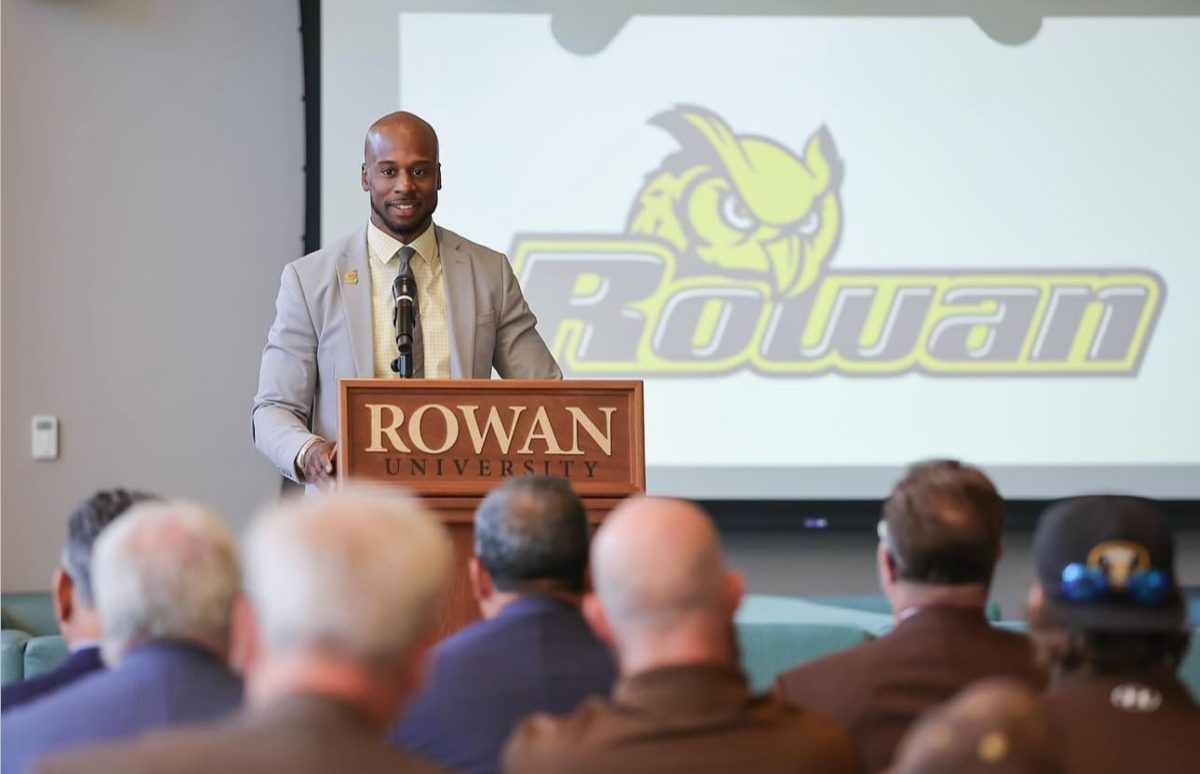

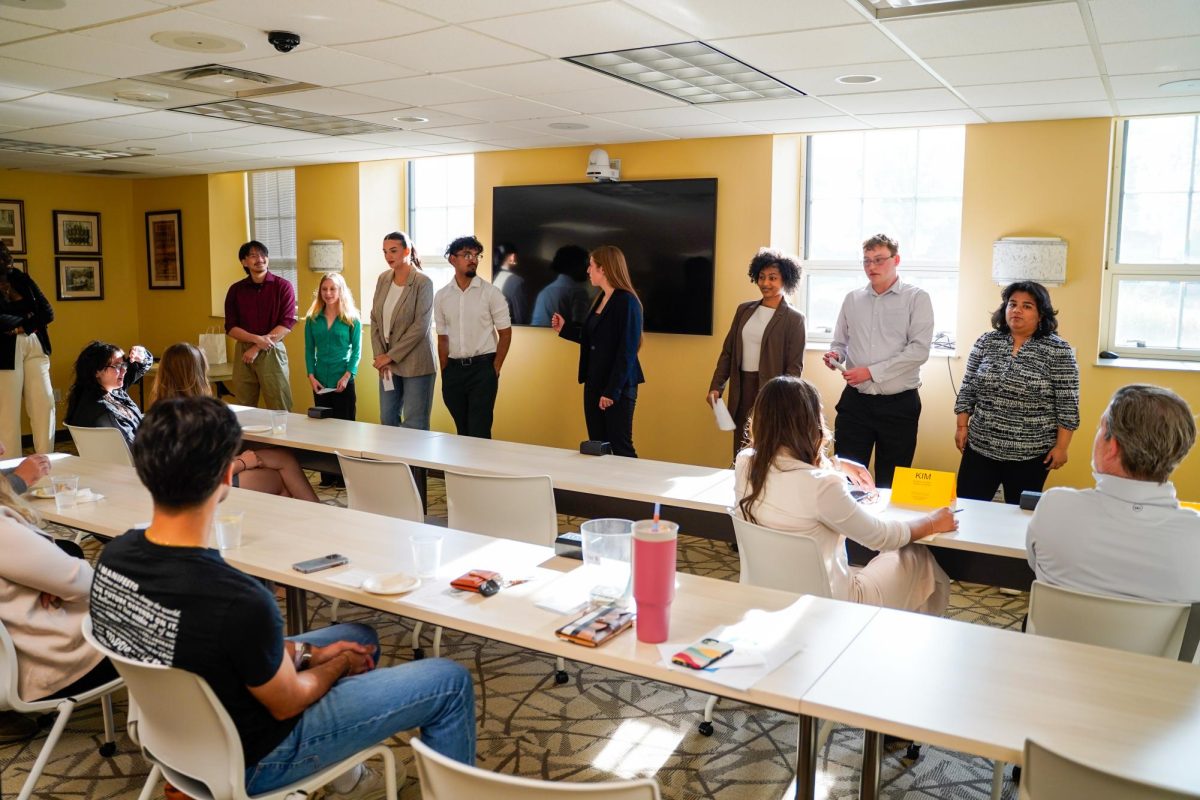



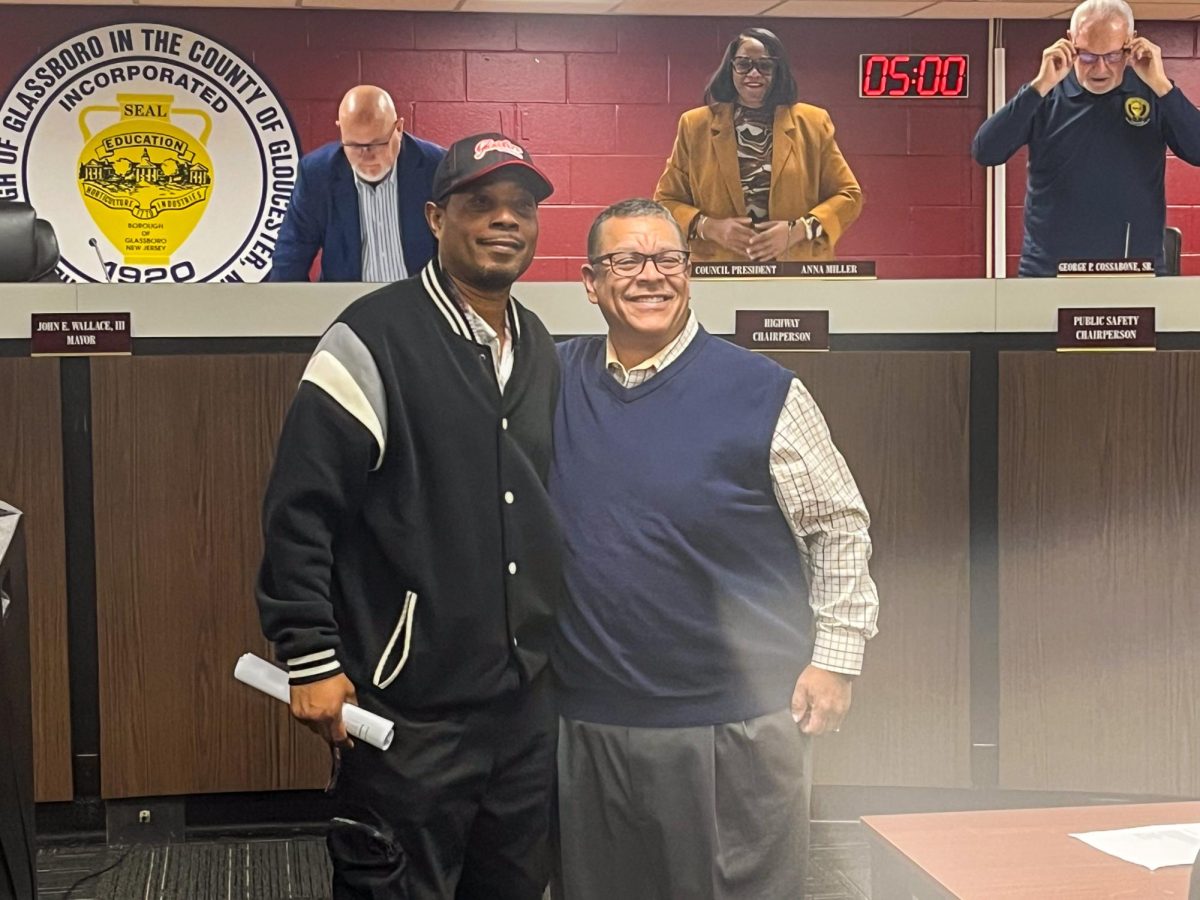












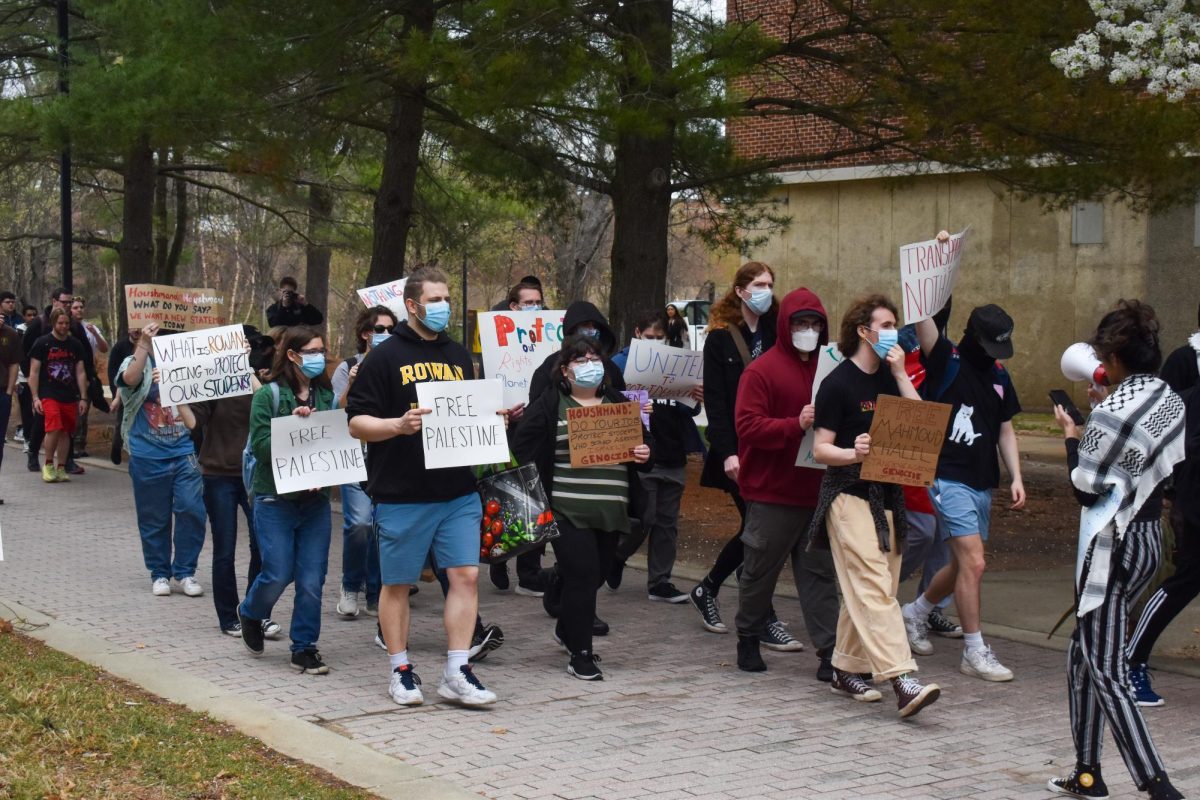











































































































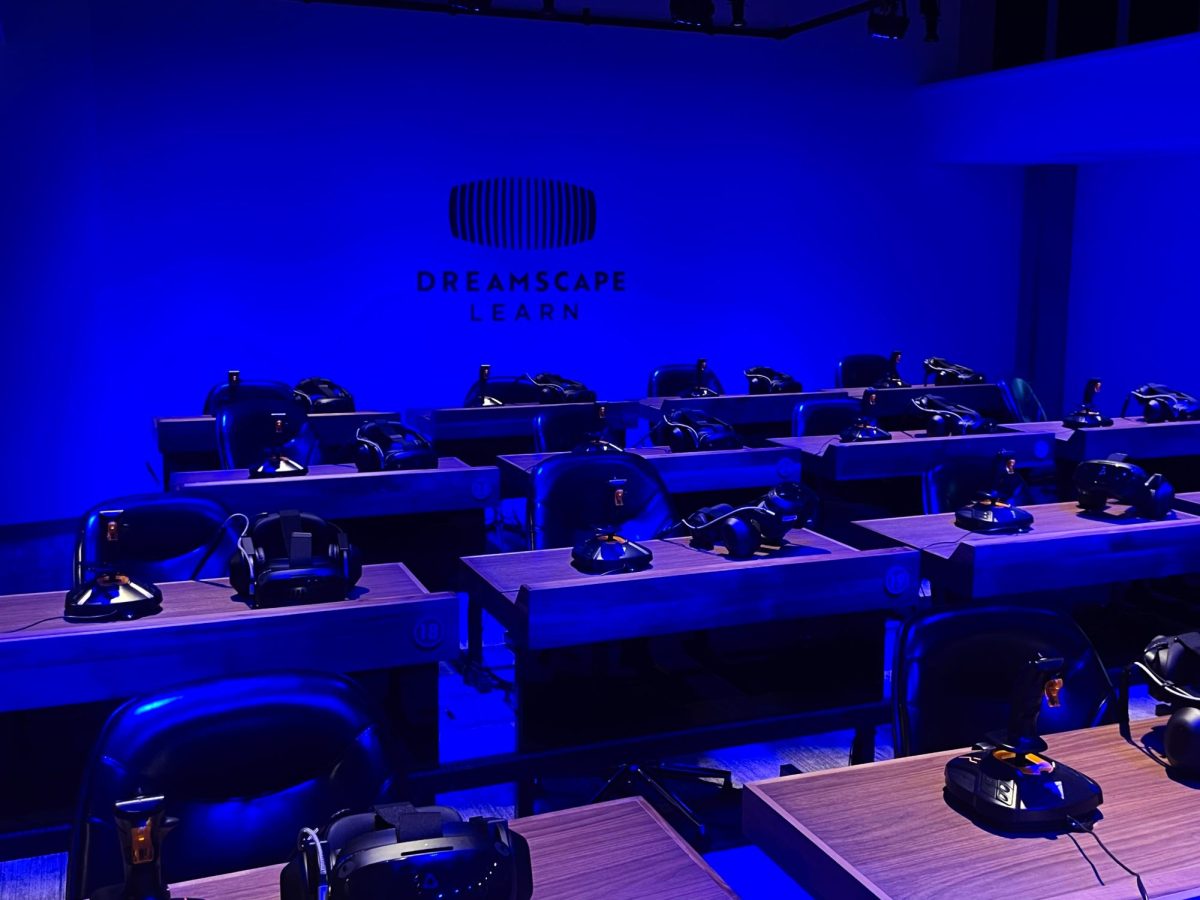
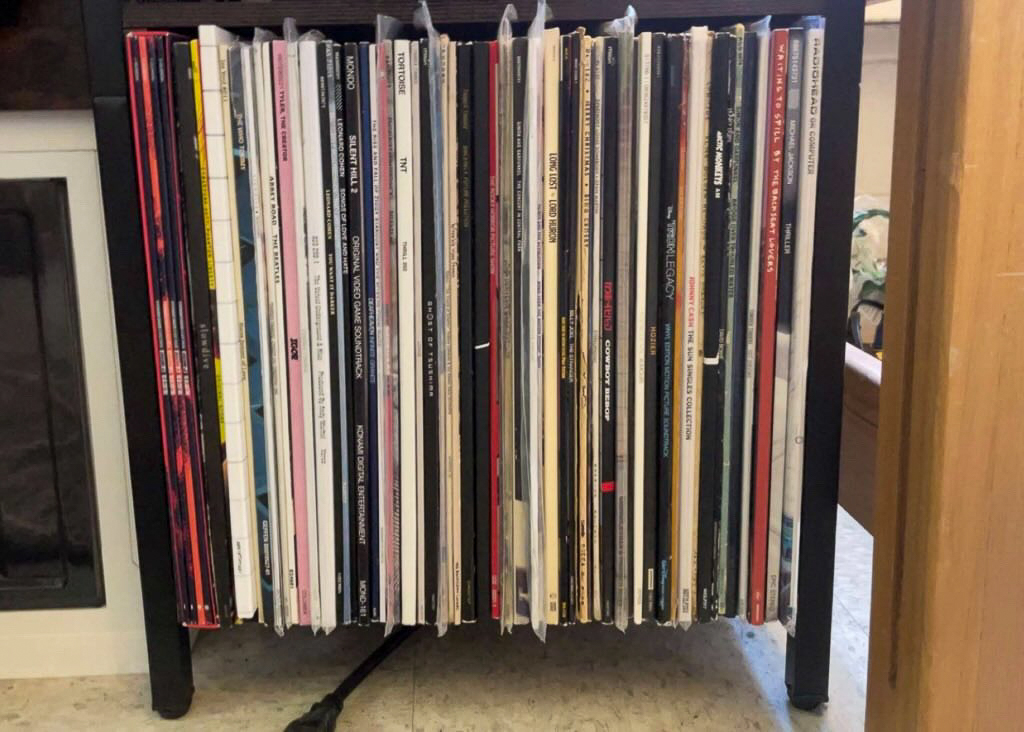
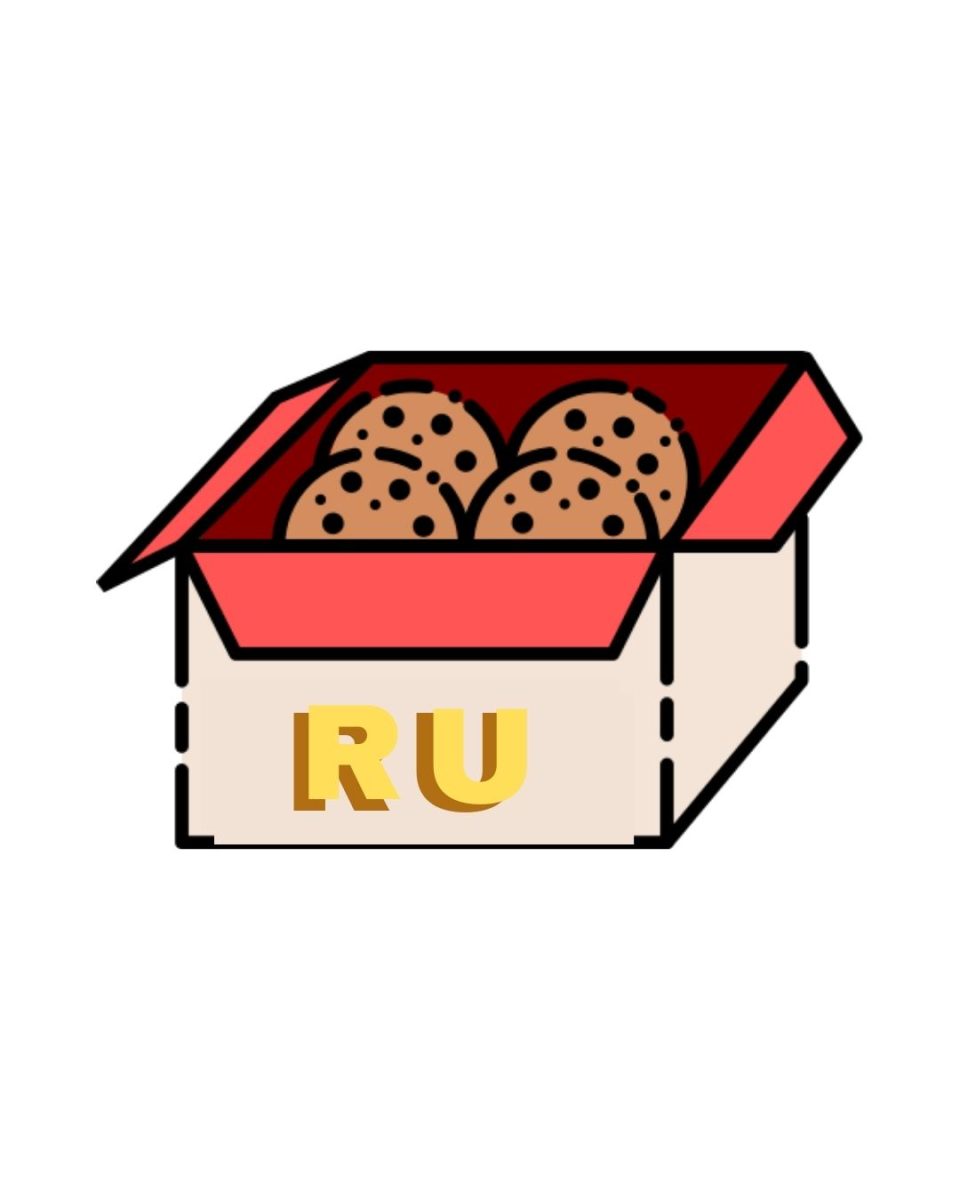















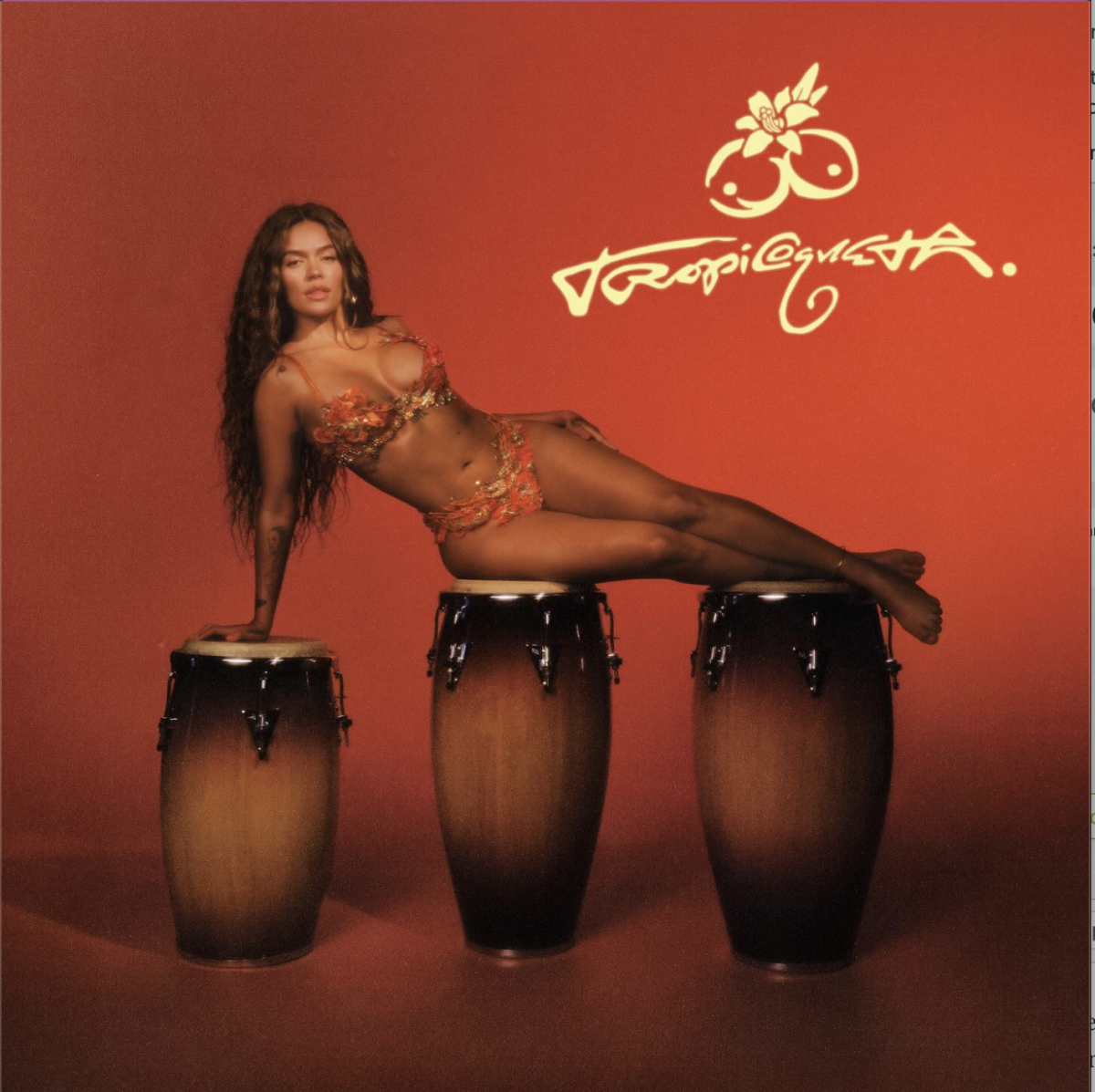






!["Working with [Dr. Lynch] is always a learning experience for me. She is a treasure,” said Thomas. - Staff Writer / Kacie Scibilia](https://thewhitonline.com/wp-content/uploads/2025/04/choir-1-1200x694.jpg)









































